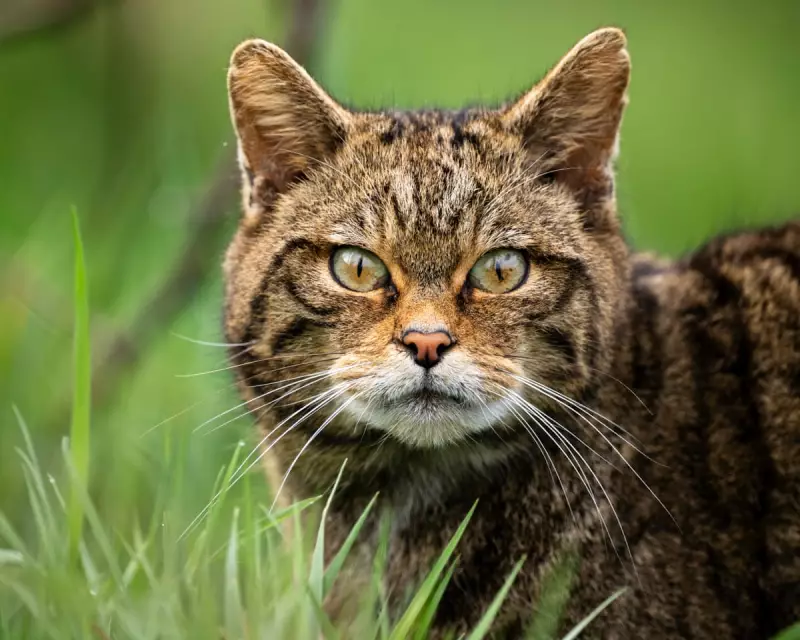
The majestic European wildcat could be prowling the woodlands of south-west England for the first time in over a century, following a landmark study that has declared a reintroduction project both feasible and widely supported by local communities.
Overwhelming Public Support for Wildcat Comeback
A comprehensive two-year investigation has revealed that an impressive 80% of people in the region back the return of these elusive felines. The research, which included surveys of over 2,400 local residents, found overwhelming positivity towards the prospect of welcoming wildcats back to their native landscape.
The South West Wildcat Project, a partnership led by Devon Wildlife Trust alongside Forestry England and the Derek Gow Consultancy, conducted the detailed feasibility study. It scrutinised the potential effects on communities, other wildlife, farming livestock, and domestic pets.
Why Mid-Devon is the Ideal Wildcat Habitat
The report identified mid-Devon as possessing the perfect conditions to support a controlled release of between 40 and 50 wildcats. This area offers extensive woodland crucial for providing cover and den sites, complemented by low-intensity grasslands and scrubland that create ideal hunting terrain for the cats.
Historically known as 'wood cats', European wildcats were once widespread across the south-west but vanished due to centuries of persecution and habitat loss. The last known wildcats in the region are believed to have survived on Exmoor until the mid-19th century.
The Path to Reintroduction by 2027
While the project has taken a significant step forward, the first wildcats are not expected to be released before 2027. A crucial element for success will be managing the threat of interbreeding with feral and domestic cats, a problem that has jeopardised the genetic integrity of wildcat populations in Scotland.
The study emphasises that cooperation with local communities and cat welfare organisations will be essential to implement an effective neutering programme for non-wild cats in the area.
Cath Jeffs, the South West Wildcat Project Lead at Devon Wildlife Trust, expressed her excitement: "It's exciting that this report suggests wildcats could be part of the region's nature once again. The return of this critically endangered species would be another step in the restoration of our native wildlife and will help rebalance local ecosystems."
The report provided several key reassurances for the community. It confirmed that wildcats pose no significant risk to people, farm livestock, or pets. Their diet consists mainly of small mammals like voles, rats, wood mice, and rabbits, which make up 75% of their prey. Furthermore, they are not expected to threaten existing endangered wildlife, such as bats and dormice.
If the project proceeds, wildcats for release would be sourced from Britain's existing captive breeding programme, managed by the Royal Zoological Society of Scotland. These animals would be brought to breeding enclosures in Devon, with their offspring being the ones potentially released into the wild, marking a historic moment for UK conservation.





